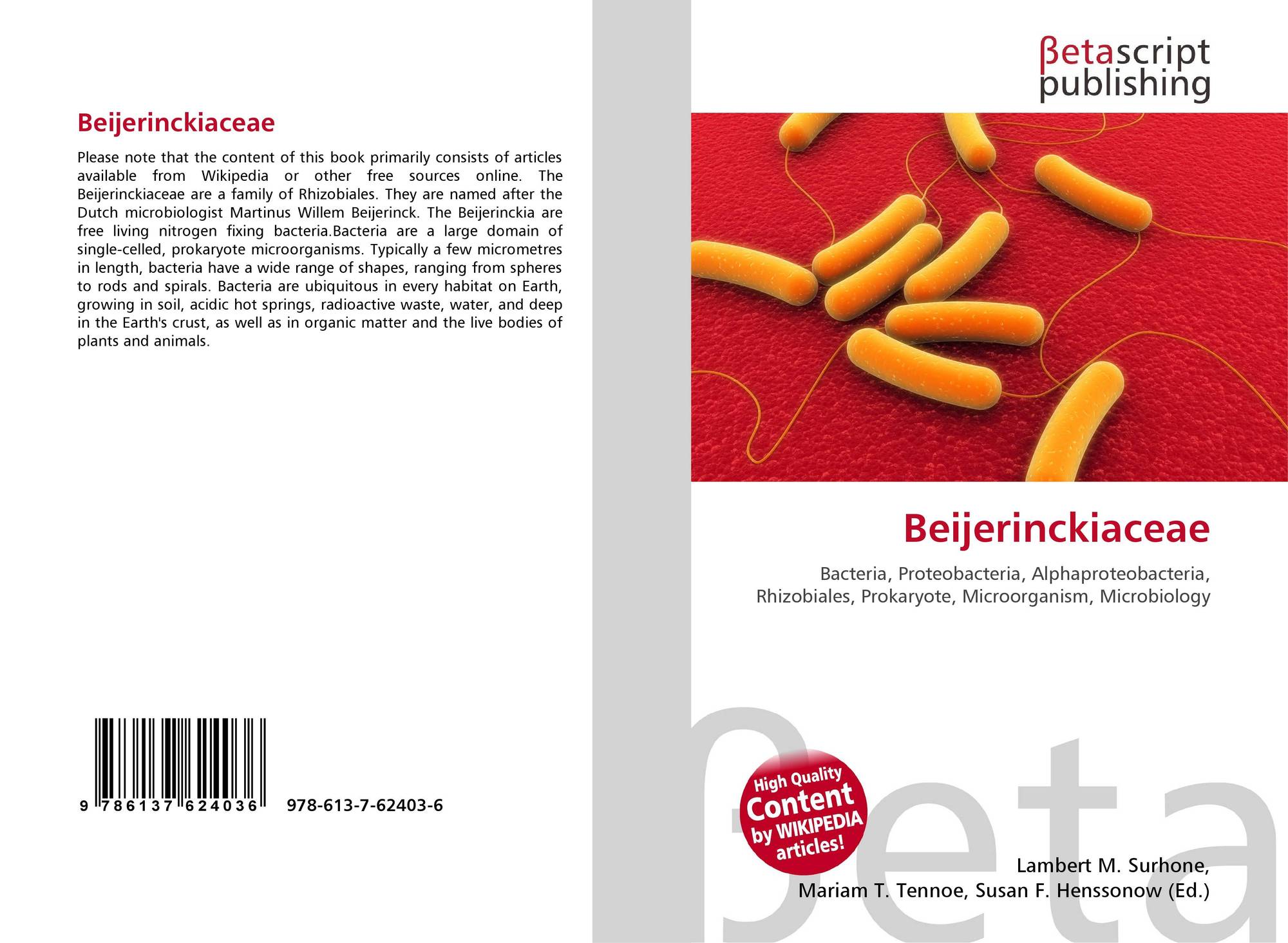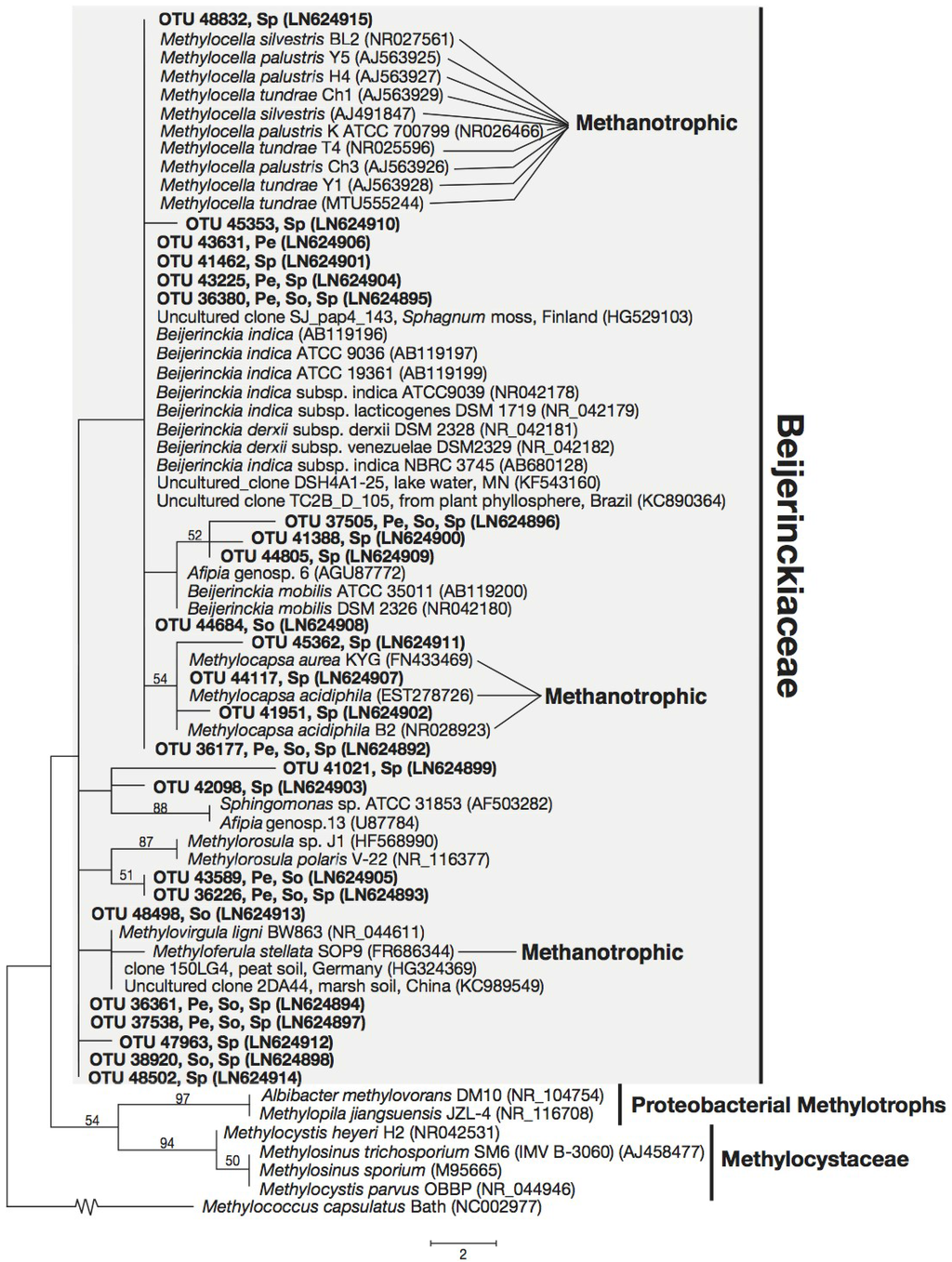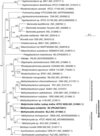Beijerinckiaceae
The Beijerinckiaceae are a family of bacteria. The name refers to the Dutch microbiologist Martinus Beijerinck, Willem ( 1851-1931 ). The Beijerinckiaceae belong to the group of Proteobacteria. The Gram test falls, as for the proteobacteria from typical negative.
Features
All representatives of Beijerinckiaceae are aerobic, they require free oxygen. Are in this group in terms of metabolism, summarized very different ways. So Beijerinckia and Methylocella are nitrogen fixers, they have the ability to elementary, molecular nitrogen (N2 ) to bind, by reducing it to ammonia (NH3 ) and ammonium (NH4 ) and thus make the biological metabolism available. This is known as nitrogen fixation.
Characteristic of most members of the family are large inclusion bodies of poly - β -hydroxybutyrate. Often, one of these inclusions are present at both ends of mostly rod - to pear-shaped cells.
With kinds of, for example, Methylocella and Methylocapsa methanotrophic bacteria are also included in the group. Methanotrophs can utilize methane and methanol as sole carbon source for the construction of the cell substance ( assimilation ) and energy gain.
The genus Beijerinckia grows well in acidic soils. It occurs mainly in tropical soils.
The genome of Methylocella silvestris was completely sequenced.
System
The following genera are included in the family Beijerinckiaceae:
- Beijerinckia Derx 1950
- Camelimonas fighters et al. 2010
- Chelatococcus Auling et al. 1993
- Methylocapsa Dedysh et al. 2002
- Methylocella Dedysh et al. 2000
- Methyloferula Vorobev et al. 2011
- Methylorosula Berestovskaya et al. 2012
- Methylovirgula Vorob'ev et al. 2009







evolution_of_methanotrophy_in_the_Beijerinckiaceae-a_comparative_genomics_analysis._ISME_J_8369-382/links/00b7d52d976d9332e3000000/smallpreview.png)

